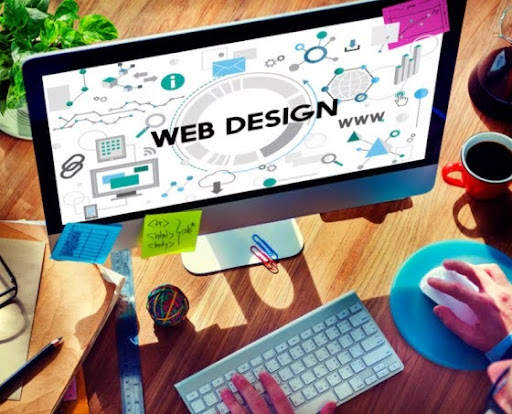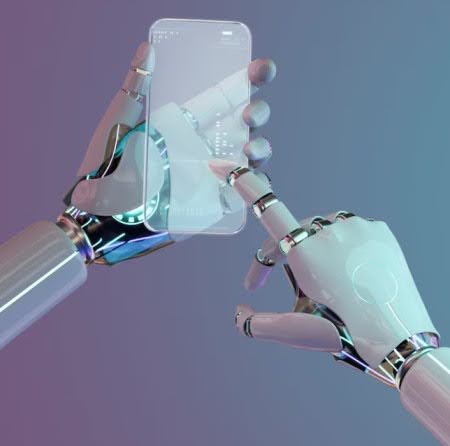The world of web design is constantly evolving, and staying updated with the latest web design trends is crucial for businesses looking to create a strong online presence. In 2025, websites are not just digital storefronts but critical tools for user engagement, brand positioning, and customer conversion. The 2025 web design trends reflect the growing demand for a seamless user experience, a mobile-first approach, and more personalized interactions. Adapting to these changes will help businesses stay ahead of the competition and provide their audience with engaging, intuitive, and efficient websites.
2025 Web Design Trends

As the digital landscape continues to shift, so do the expectations of web users. Today’s users demand fast, responsive websites that are visually appealing and easy to navigate. Businesses must ensure their sites reflect the modern web design trends that not only captivate visitors but also enhance usability and accessibility.
The current website design trends for 2025 focus on user experience (UX) and user interface (UI) optimization. Whether it's through advanced AI features, minimalistic layouts, or immersive visual elements, businesses need to be mindful of integrating these latest web design trends to meet evolving user expectations.
Minimalist and Clean Design
One of the most prominent 2025 web design trends is minimalism. A minimalist design emphasizes simplicity and functionality by reducing clutter and unnecessary elements. It prioritizes clean layouts, white space, and a focus on key content, making it easier for users to find what they need without distractions. This approach can improve user engagement by streamlining navigation and enhancing the overall visual appeal.
The beauty of a minimalist design lies in its ability to offer a more seamless browsing experience. For businesses, this trend means designing sites that are straightforward, easy to navigate, and focused on delivering key messages clearly. Clean designs often load faster, improving performance and search engine optimization (SEO).
Dark Mode and Light Mode Options
One of the modern web design trends gaining momentum is the ability for users to toggle between dark and light modes. Dark mode became popular in recent years as it offers several benefits, such as reducing eye strain, saving battery life on devices, and creating a visually striking aesthetic for certain brands. By giving users the option to switch between modes, businesses can cater to a broader audience, making the website more personalized and user-friendly.
Dark mode isn’t just a trendy feature—it’s a practical one, especially in environments where users browse in low light. As a result, more businesses are incorporating dark mode options into their designs, keeping up with the current website design trends that enhance user satisfaction.
Interactive and Immersive 3D Elements
Incorporating 3D elements into web design is among the latest web design trends that can significantly enhance the visual appeal of a website. Immersive 3D elements are engaging and help businesses showcase products or services more dynamically. For example, 3D product views allow customers to explore a product from every angle, increasing the likelihood of conversions.
While 3D design can be visually striking, it must be optimized for performance. Large, complex elements can slow down a website’s loading time if not properly implemented, which can affect both user experience and SEO rankings. Businesses must balance innovation with usability when adopting this 2025 web design trend.
Artificial Intelligence (AI) and Chatbots

AI continues to influence modern web design trends, and in 2025, we will see more websites integrating AI-driven features. AI tools can automate tasks, personalize content, and offer data-driven insights that help optimize design elements for better user experiences. One key application of AI in web design is the use of chatbots.
Chatbots have become essential for businesses looking to offer immediate customer support. These AI-powered bots can guide users through the site, answer common questions, and provide assistance 24/7. By using AI-driven chatbots, businesses can improve engagement, reduce bounce rates, and deliver a more personalized experience.
Micro-Interactions
Micro-interactions are another significant element of current website design trends. These are subtle animations or visual responses triggered by user actions—such as hovering over a button or filling out a form. Micro-interactions provide feedback to the user, making the website feel more intuitive and responsive.
For example, when a user hovers over a product image and it enlarges slightly or when a form field glows green upon successful submission, these micro-interactions subtly guide the user through the site. By incorporating these small but effective design elements, businesses can create a more engaging and interactive experience for their users.
Mobile-First Design
The mobile-first approach remains one of the most critical 2025 web design trends. With more users accessing websites via mobile devices than ever before, businesses must prioritize mobile optimization in their web design strategy. A mobile-first design ensures that websites are responsive and perform well across various screen sizes, offering users a seamless experience whether they are on a desktop, tablet, or smartphone.
This trend emphasizes the importance of fast loading times, easy navigation, and touch-friendly features. Google’s mobile-first indexing also makes this trend essential for SEO, as websites optimized for mobile tend to rank higher in search engine results.
Custom Typography and Bold Fonts
Typography plays a crucial role in web design, and in 2025, we’ll see more websites featuring custom typography and bold fonts. This trend allows businesses to establish a unique brand identity and stand out visually. Custom fonts can evoke emotions, capture attention, and guide users through the content. Bold fonts, in particular, make websites feel modern and sophisticated.
This modern web design trend is about using typography as a visual element, not just a communication tool. When paired with minimalist layouts, bold fonts can draw attention to key messages or calls to action, ensuring that the most important elements of your website are not overlooked.
Voice User Interfaces (VUI)
With the increasing use of voice search through virtual assistants like Siri, Alexa, and Google Assistant, voice user interfaces (VUI) are becoming part of the latest web design trends. Businesses need to optimize their websites for voice search, ensuring that they can cater to the growing number of users who prefer hands-free navigation.
Incorporating VUI features allows users to interact with a website using voice commands, making it easier for them to find information quickly. This trend also improves accessibility, providing an alternative means for users with disabilities to navigate the site. Optimizing for voice search can enhance the overall user experience and boost visibility in search engine rankings.
Accessibility and Inclusivity
One of the most important 2025 web design trends is creating websites that are accessible to everyone, including users with disabilities. Following the Web Content Accessibility Guidelines (WCAG) ensures that websites are usable for people with visual, auditory, and motor impairments. This includes using alt text for images, ensuring sufficient color contrast, providing keyboard navigation, and making forms accessible.
Businesses that prioritize accessibility not only reach a broader audience but also demonstrate a commitment to inclusivity. This modern web design trend goes beyond compliance; it’s about creating an equitable online experience for all users.
Sustainable and Eco-Friendly Design
Sustainability is becoming an increasingly important consideration in current website design trends. In 2025, we’ll see more businesses adopting eco-friendly design practices that reduce the environmental impact of their websites. This includes optimizing for faster loading times, reducing energy consumption, and using sustainable hosting solutions.
Websites that prioritize sustainability can appeal to eco-conscious users, enhance brand reputation, and contribute to a greener web. As more consumers look for businesses that align with their values, embracing sustainable design practices can give companies a competitive edge.
Conclusion
As we move into 2025, the latest web design trends reflect a shift towards simplicity, personalization, and sustainability. Businesses must stay up-to-date with these modern web design trends to create websites that not only captivate users but also deliver seamless and engaging experiences.
From minimalist layouts and mobile-first designs to AI-driven chatbots and immersive 3D elements, these 2025 web design trends offer a wide range of tools to enhance the user experience. By integrating these current website design trends, businesses can ensure their websites remain competitive, functional, and visually appealing in a rapidly evolving digital landscape.
Staying ahead of these trends will not only improve the aesthetics and usability of your website but also contribute to better performance, higher conversion rates, and stronger customer relationships. Whether you’re redesigning an existing site or building a new one, keeping these trends in mind will help you create a future-proof web presence that resonates with your audience.
